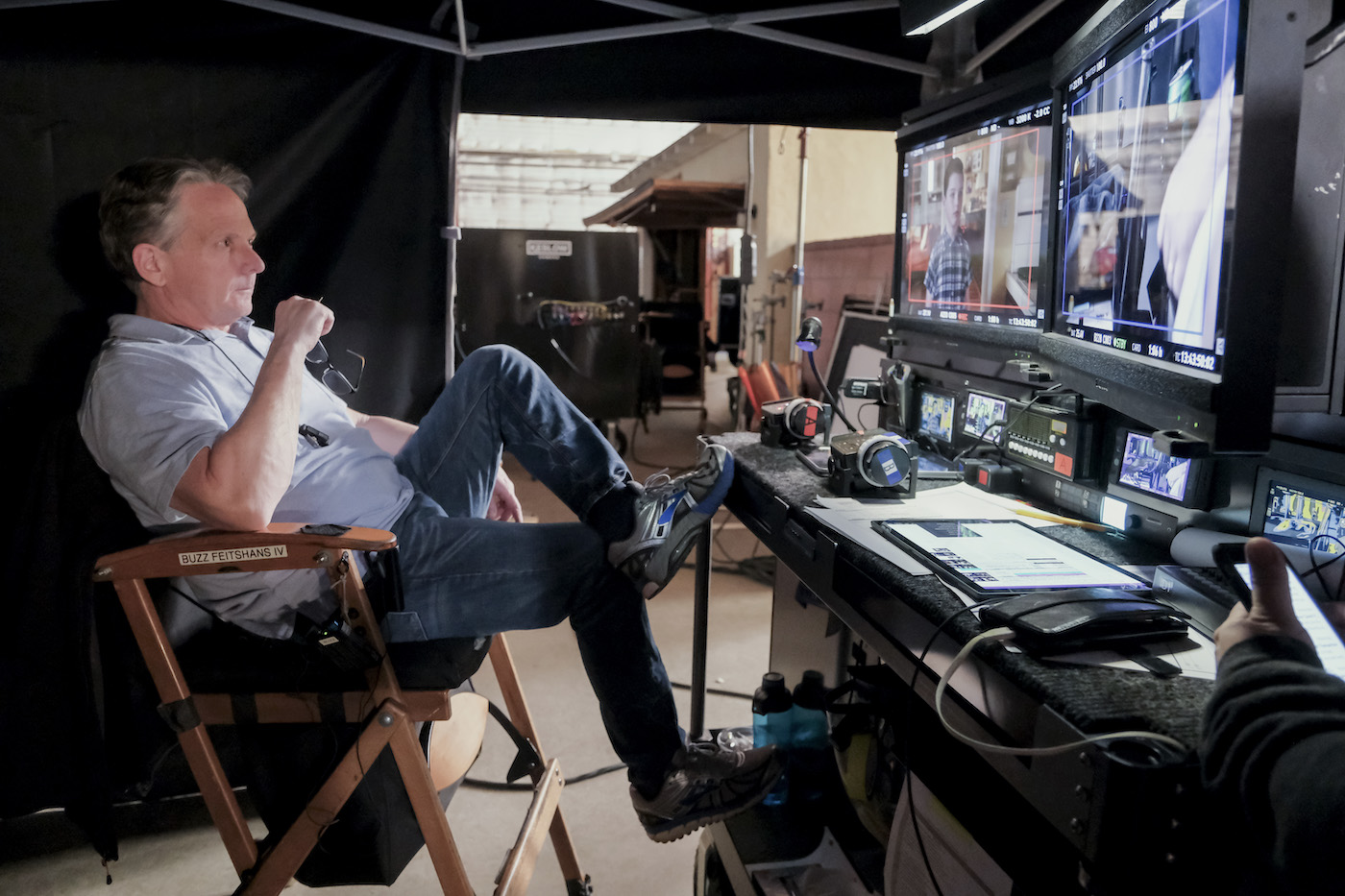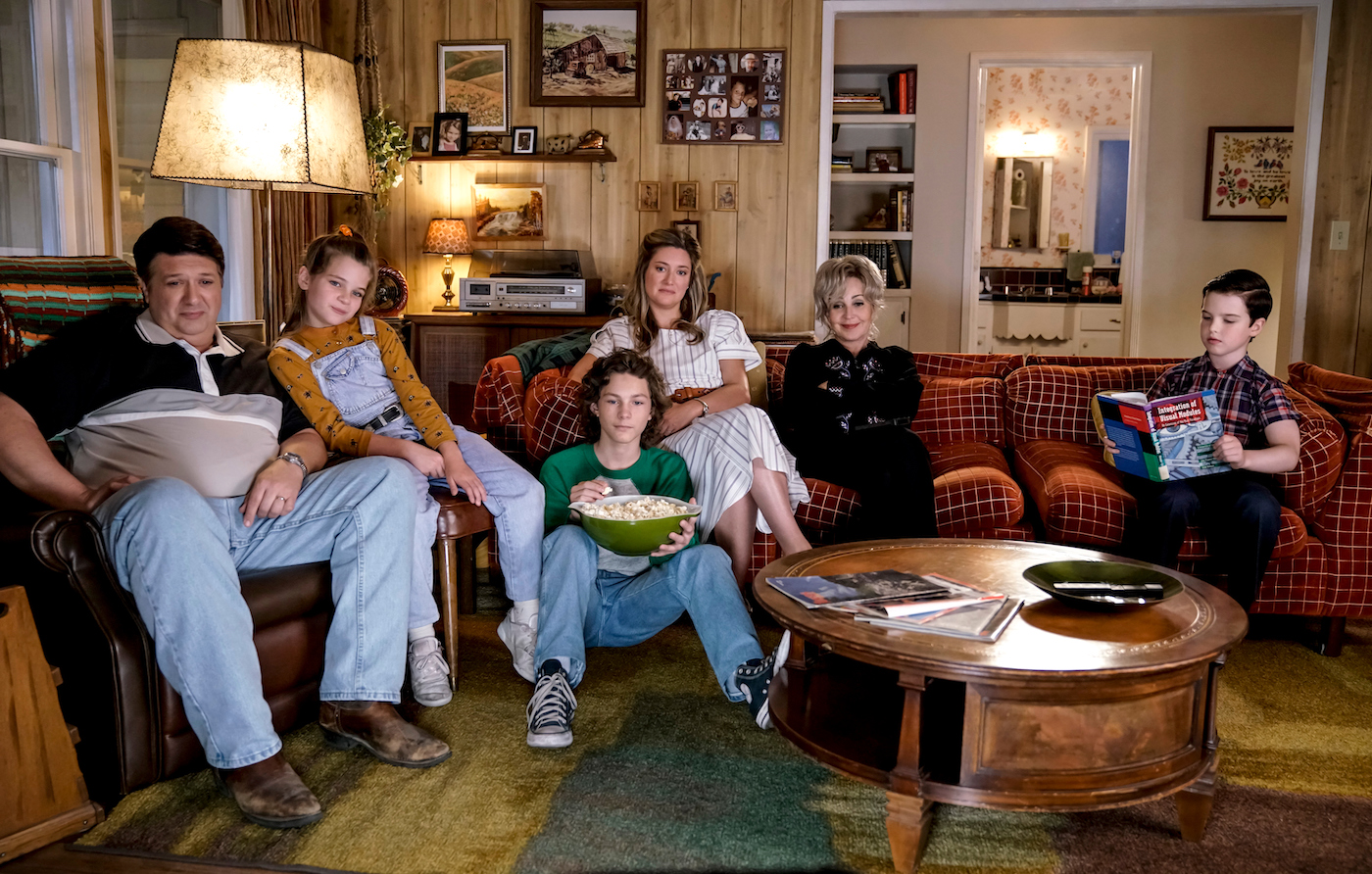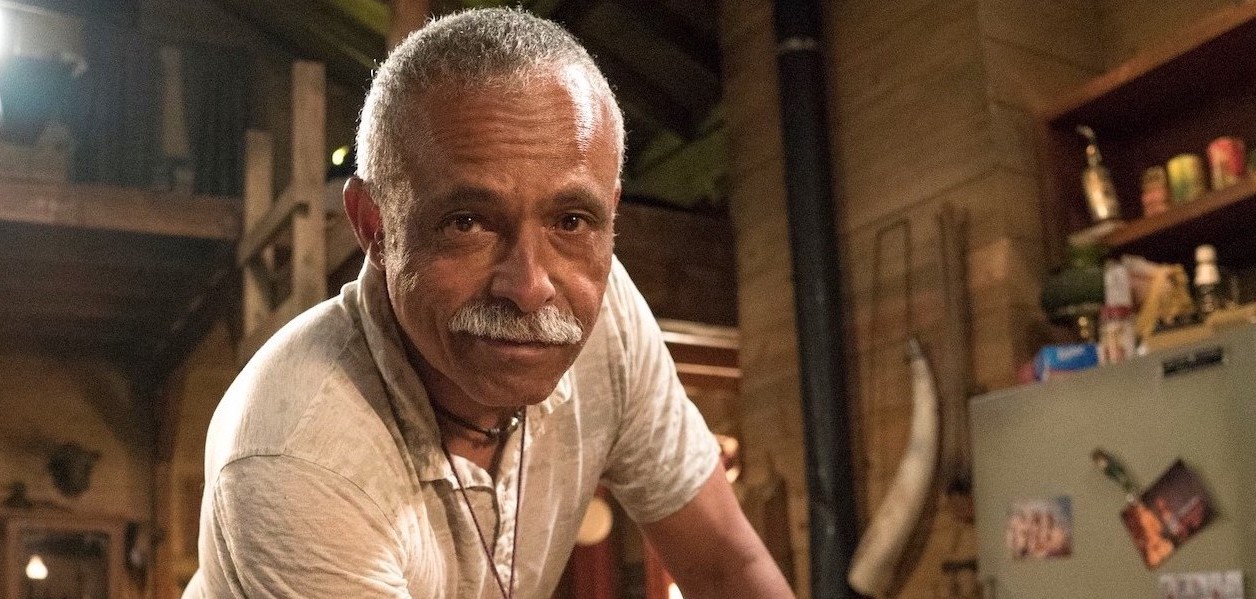Sitcom specialists talk about how much the genre has changed in recent years.
by Pauline Rogers
When Donald A. Morgan, ASC, first started to shoot sitcoms at Metromedia (Good Times and The Jeffersons), they were stage-bound with old Norelco tube cameras and lighting at around 200 foot-candles. And when Christian La Fountaine, ASC, started working on Newhart with his father, George, that show was also stage-bound with BNCR cameras. Both men are still shooting comedy series, but, like many others in the genre, they mix stage with location, and everything in between.
Traditional multi-camera pedestal-bound sitcoms have changed dramatically (pun intended) in recent years. One of Morgan’s most interesting shows, The Ranch, for streaming giant Netflix, is a multi-camera comedy that stars Ashton Kutcher, Debra Winger and Sam Elliot, and centers on the son of a Colorado rancher who returns from a semi-pro football career to run the family business. The Ranch, as Morgan and line producer Melanie Patterson both observe, is not “afraid to be dark or half-lit.”
“The story calls for muted colors, half-lit faces and dark areas,” describes Morgan [who was recently elected to the Television Academy Hall of Fame]. “Our main tools are Sony F55s and detuned Panavision lenses. I remember one day, I was in color correction at LEVEL 3, and I passed by Lisa Wiegand’s [ASC] show and saw that they were trying to apply a 35-millimeter grain. I loved it – and brought the idea to The Ranch. We ended up painting with a 16-millimeter grain [7219 film] Live Grain electronically.”
Still using tungsten-based lighting for the most part, The Ranch also uses LED daylight sources, dialed 3900 and 4500, to simulate ambient daylight through windows. “We have fun with the new tools to get our version of sunsets – creating gradations of color to fit the moment,” Morgan adds. “I kind of wish we had had Liteblades, Litepanels, and Cineo tools when I was first starting.”
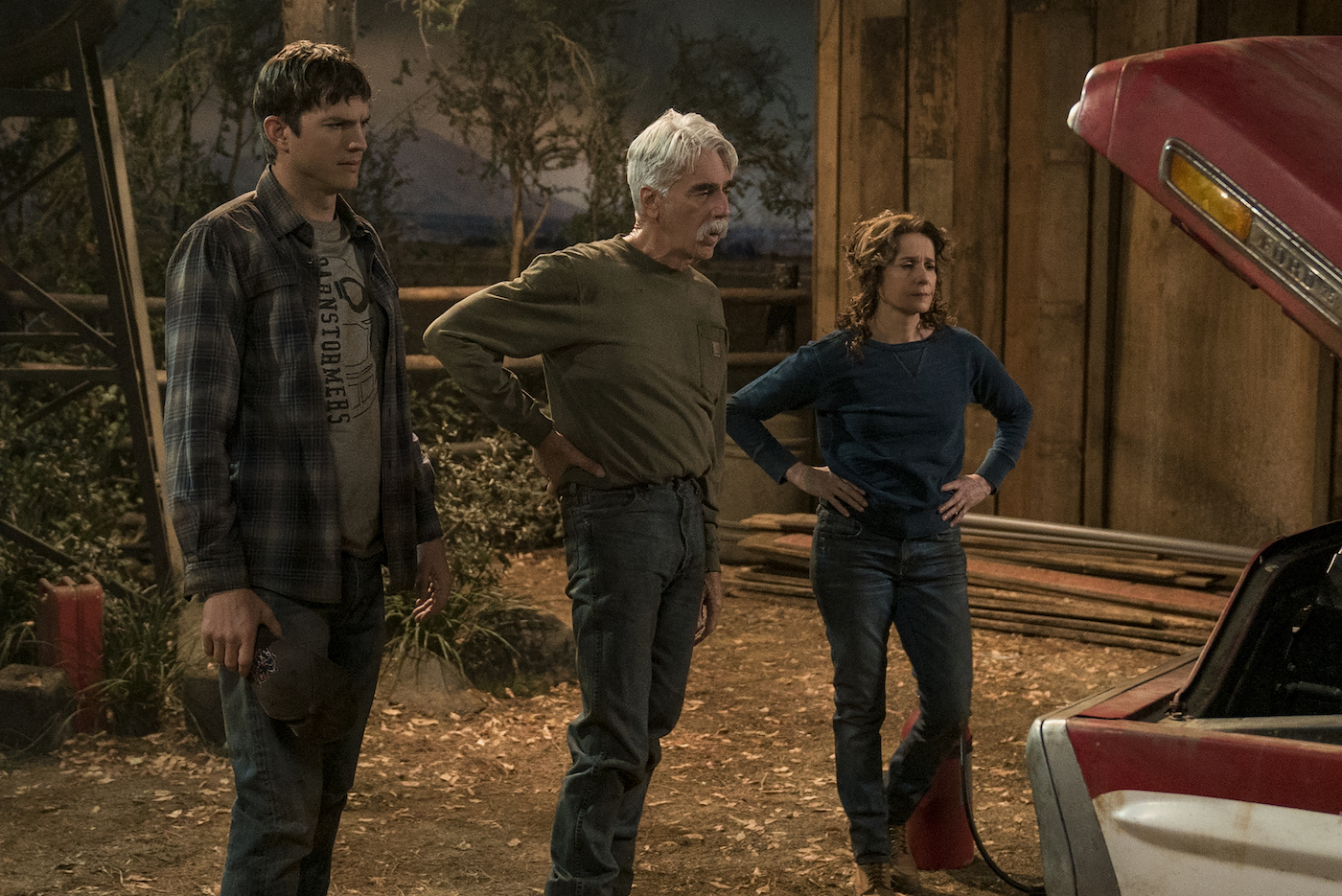
While La Fountaine says the biggest change in shooting comedy has been the digital cameras, it’s still the lighting that’s most central to helping the audiences see the characters and comedy beats. “For Alexa & Katie, using independently controlled DMX-enabled lights expands the number of units we can use beyond the dimmer rack power because they use hot power,” he explains. “Merry Happy Whatever, where we break a bit from tradition, uses Panavised Sony F55’s, Primo lenses, two dollies, and two pedestals. We occasionally use a jib. And we shoot at an effective range of around 1200 ASA with a key of about 18 to 20.”
La Fountaine says new tools like dimmable/programmable lighting has lessened the need for grids and “hot lighting.” The director of photography uses everything from complex DMX-controlled lights to “prosumer” devices and LED cyc Strips.
“On Alexa & Katie we use Briteshots, an easily programmable light that is DMX controlled and uses minimal power and only 10 channels,” he continues. “They create lightning, police sirens, strobes, film project lighting, fireworks, and color chases as you would see in a dance club. In the season finale, ‘Winter Formal,’ these lights were great for dance effects – easily programmed and versatile. They have become our go-to lights.”
La Fountaine also uses Skypanels, Quasars, and LED cyc Strobes, all of which are DMX. He’s even employed prosumer devices. “In the scene before Alexa enters a dance,” he describes, “we used an outrageously expensive fifteen-dollar light as our ‘hero’ light for the entrance to the dance. It was one of those exterior Christmas-light projectors that you use on the front of your house. I think our gaffer, Walter Berry, has a Home Shopping Network addiction when it comes to picking up unusual lighting devices online. We also used rope lights and home accessory lighting devices from Ikea. From an ad in the Sunday newspaper, I found a little ‘plug-and-play’ cube light that we use for smaller profile TV effect lighting, which cost all of ten dollars.”
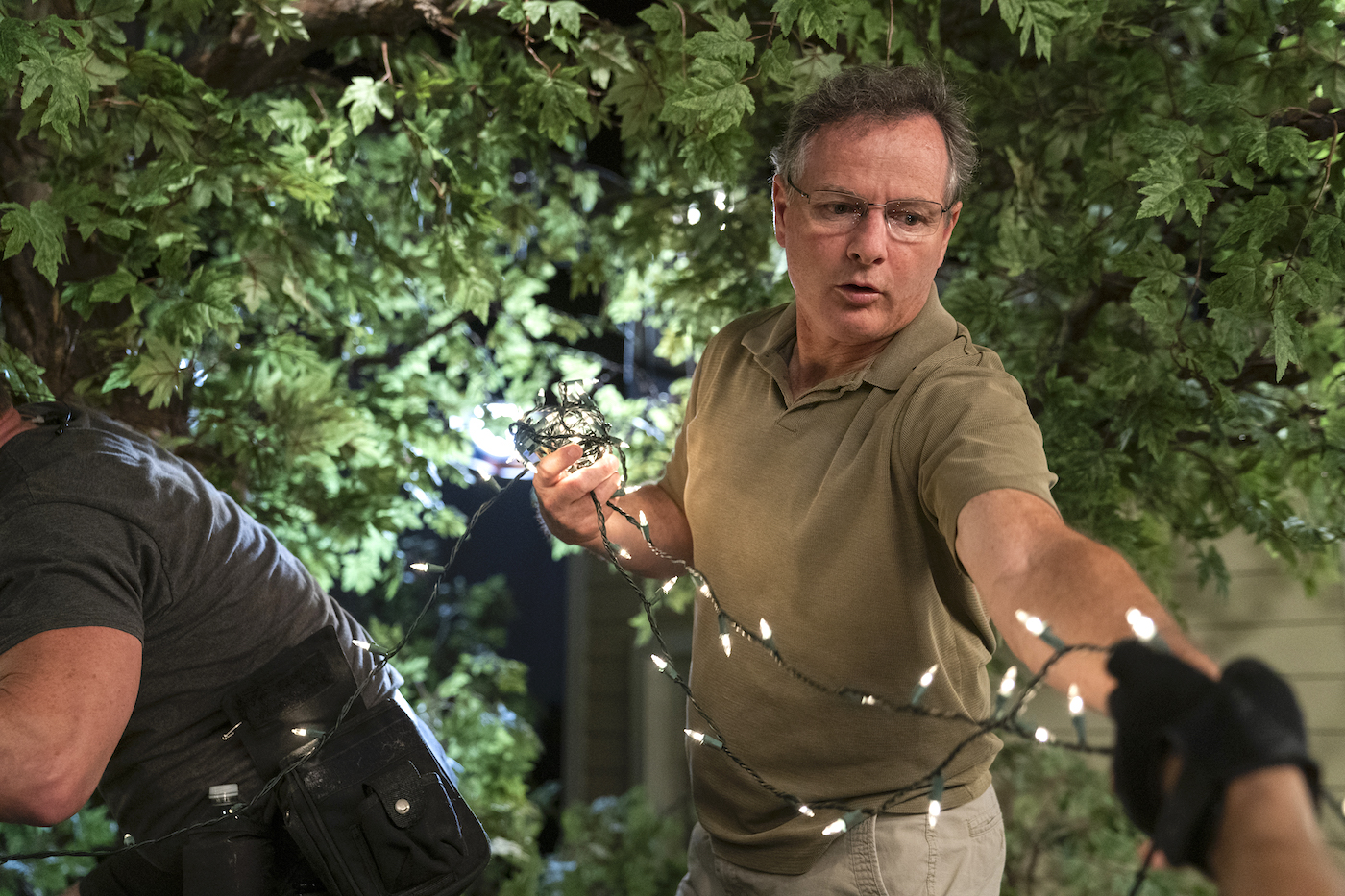
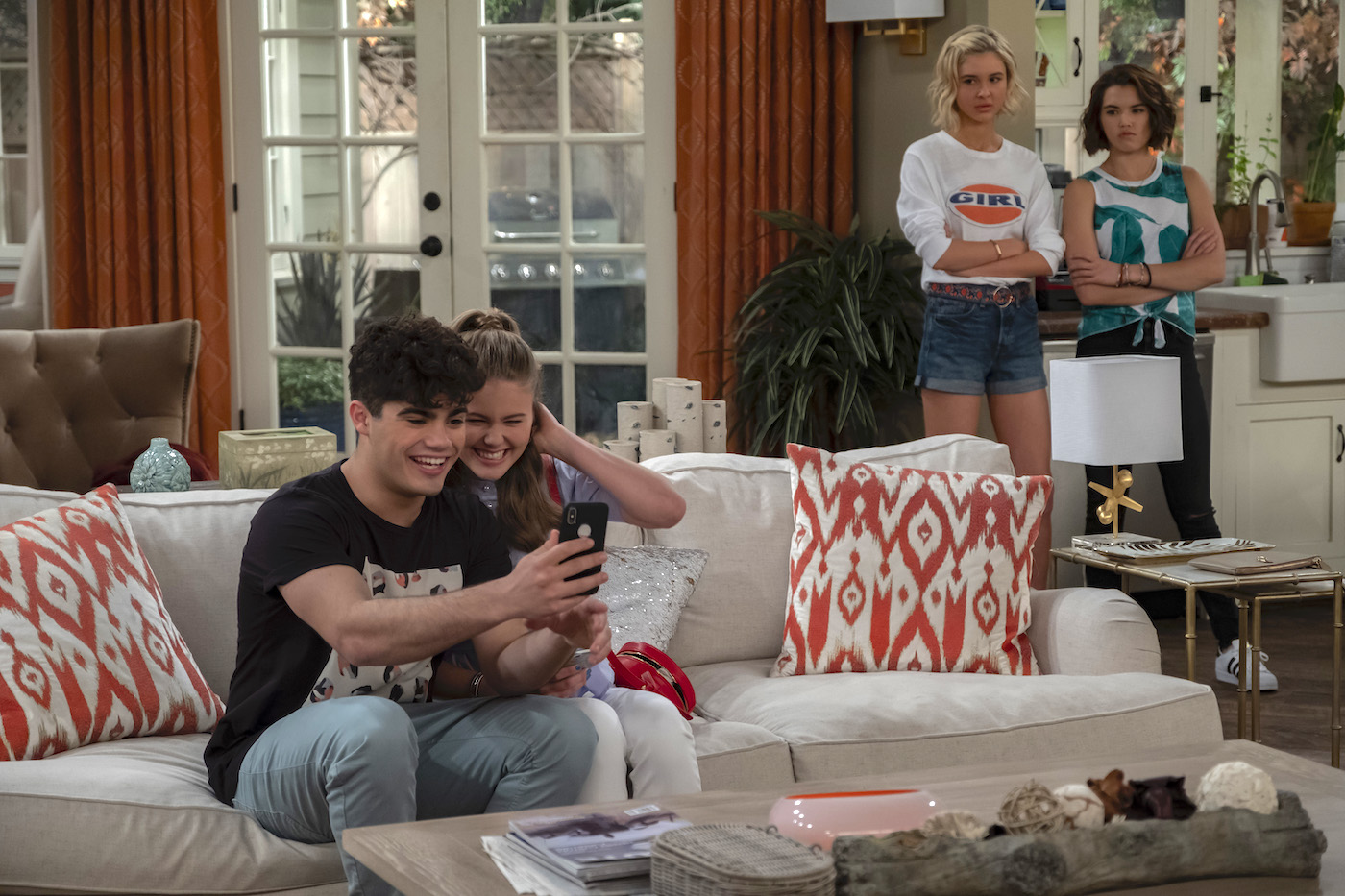
Until The Good Place, David Miller, ASC, hadn’t done much comedy. But when Assistant Director David Hyman (whom he met when Miller was 2nd unit director of photography on The West Wing) called, he was up for the job. “The design of comedy today fascinates me,” Miller shares. “Dan Bishop, who designed Mad Men, did an amazing job turning the old Spartacus section of the Universal backlot into The Good Place, building a world of pastels and yogurt shops that turns out to be hell. My other show, Veep, designed by Jim Gloster, is also a very non-traditional comedy.”
The Good Place stage shoot employs cameras on dollies and Steadicam, with plenty of Technocrane, and the Universal backlot being re-dressed to represent “the good place” itself. “We shoot with three ARRI Alexa XT’s and a Fuji 18 to 85 premier zoom. B and C cameras usually have the Fuji 25 to 300 zoom,” Miller continues. “Veep, on the other hand, is all handheld – with ARRI Amiras, which are easier for the operators to hand-hold all day.”
Miller says LED lighting hasn’t really changed his style. “LED’s use less electricity and don’t require an air-conditioned set, but the way I use them isn’t much different than [Tungsten or HMI],” he states. “That said, I do like having instruments like the Sumo battery-powered light for quick setups. And the Astera tubes to give me a lot of light and consistent color.” LED’s do help with very large sets, such as in the Veep finale, for which portions of a political convention were recreated (using seven cameras!) on a large stage in downtown LA.
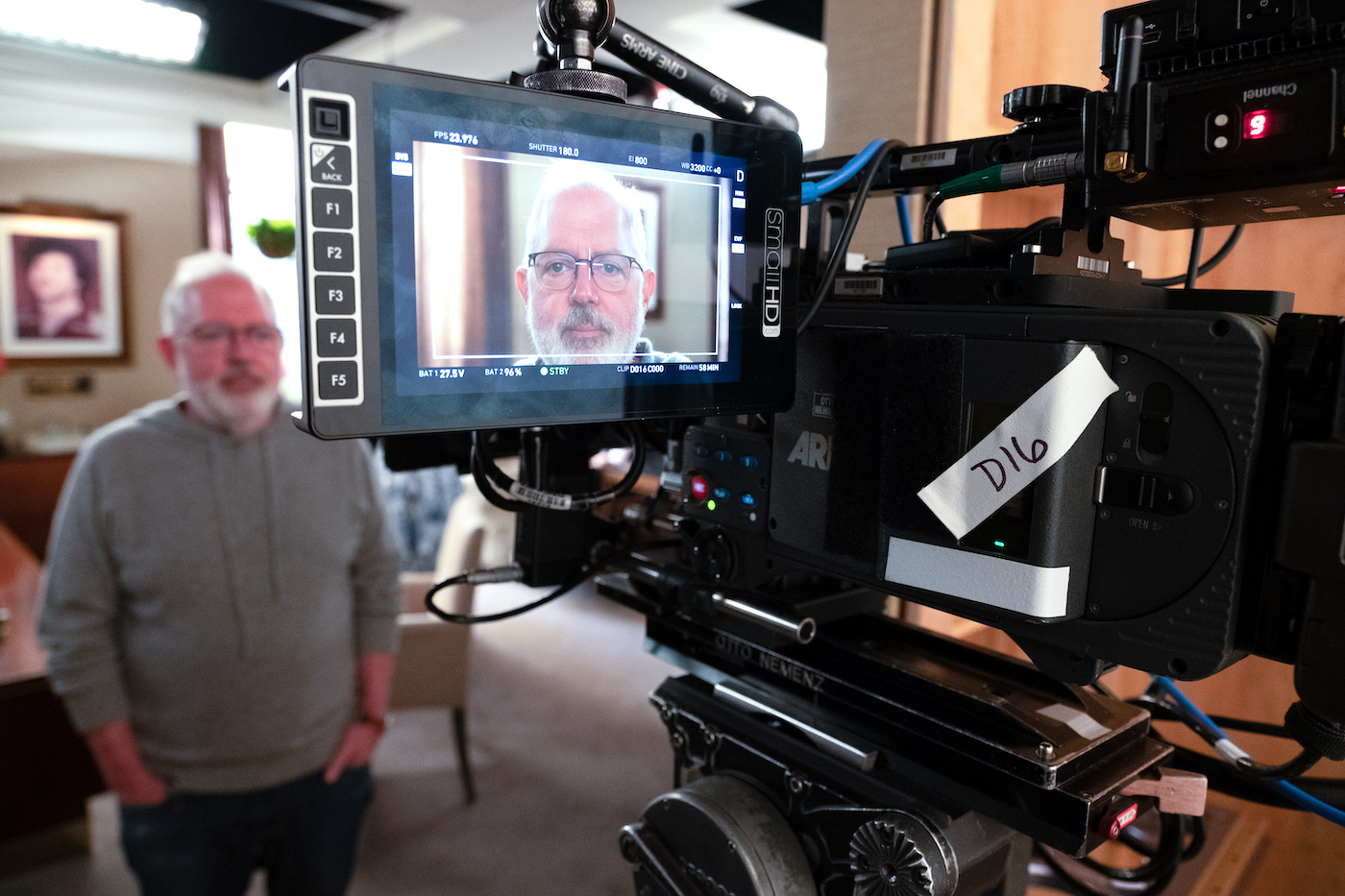
Gale Tattersall’s first foray into comedy, Grace and Frankie, recently wrapped Season 6. The show is shot conservatively – master shots and coverage – on three stages at Paramount Studios. Because Netflix mandates 4K delivery, Tattersall chose Canon C700’s for his A and B cameras and several C300 MKII’s – one permanently mounted on a Steadicam – and Cooke primes and Angénieux zooms, suited to shooting iconic actors like Jane Fonda and Lily Tomlin.
“Shallow depth of field has little place in comedy unless you are trying to create a feeling of a character being isolated from reality,” Tattersall explains. “Using more light allows us to shoot around T3.5 to T5.6 on set. On occasion I may rate at 3200 ISO and shoot at T11. I find racking focus between actors for lines of dialogue distracting, so I hold ‘splits’ as much as possible. The added bonus is you have more color in the actor’s eyes – purely because their irises are smaller. As Jane Fonda points out, we try to make the show ‘easy on the eye’ – giving the audience the best of both worlds.”
Tattersall also credits his CLT, Luke Miller, for helping to develop the lighting for Fonda and Tomlin, “so we can make them as beautiful-looking as they are as people,” he adds. “It’s like creating a photo shoot for each shot. Luke is now a DP with Local 600, and he’s shot several episodes solo. In reality, as a DP, I find I do half my work on this show in color timing. Better to fix an issue in five minutes with the colorist than on set with one hundred people waiting.”
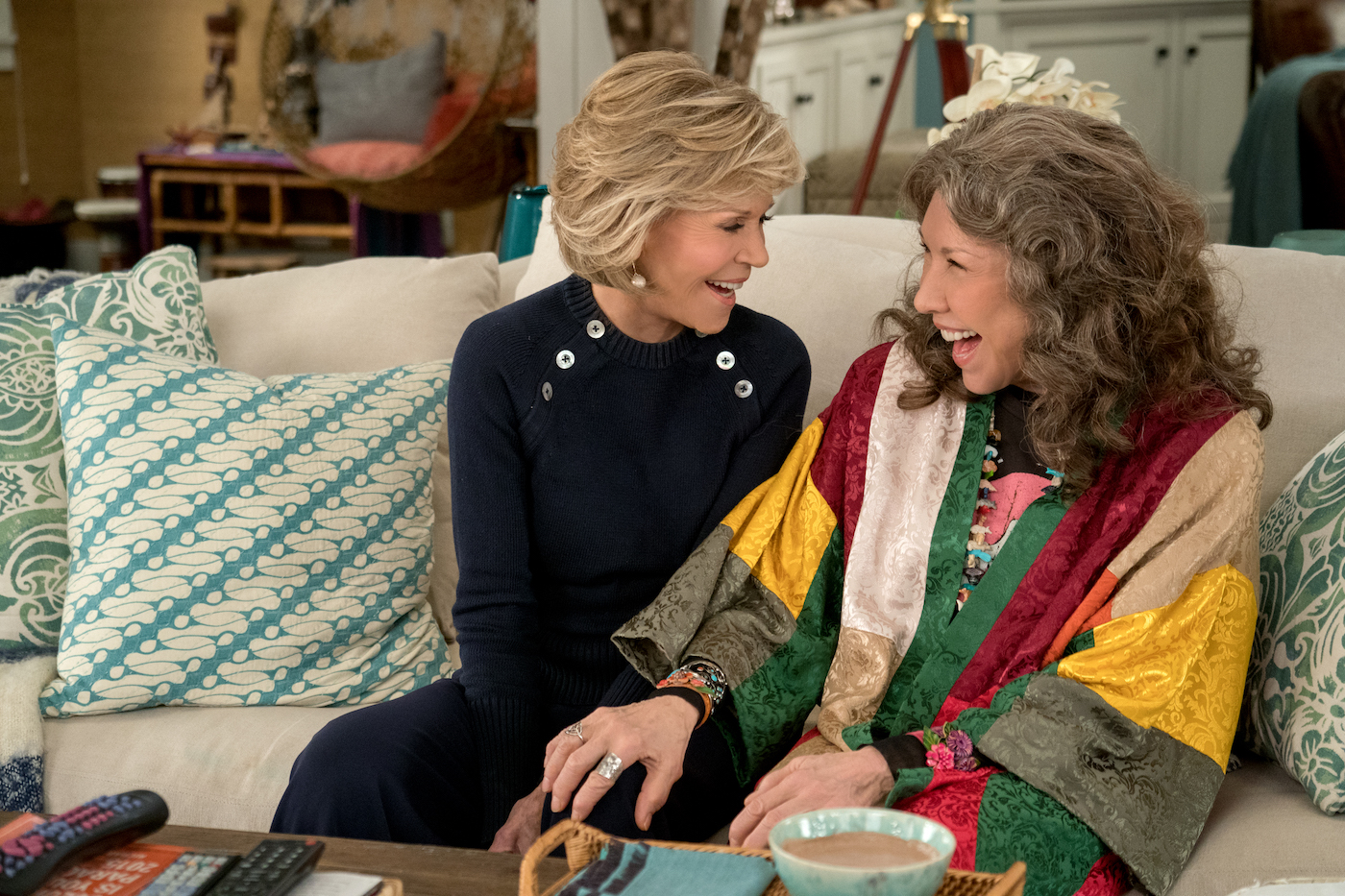
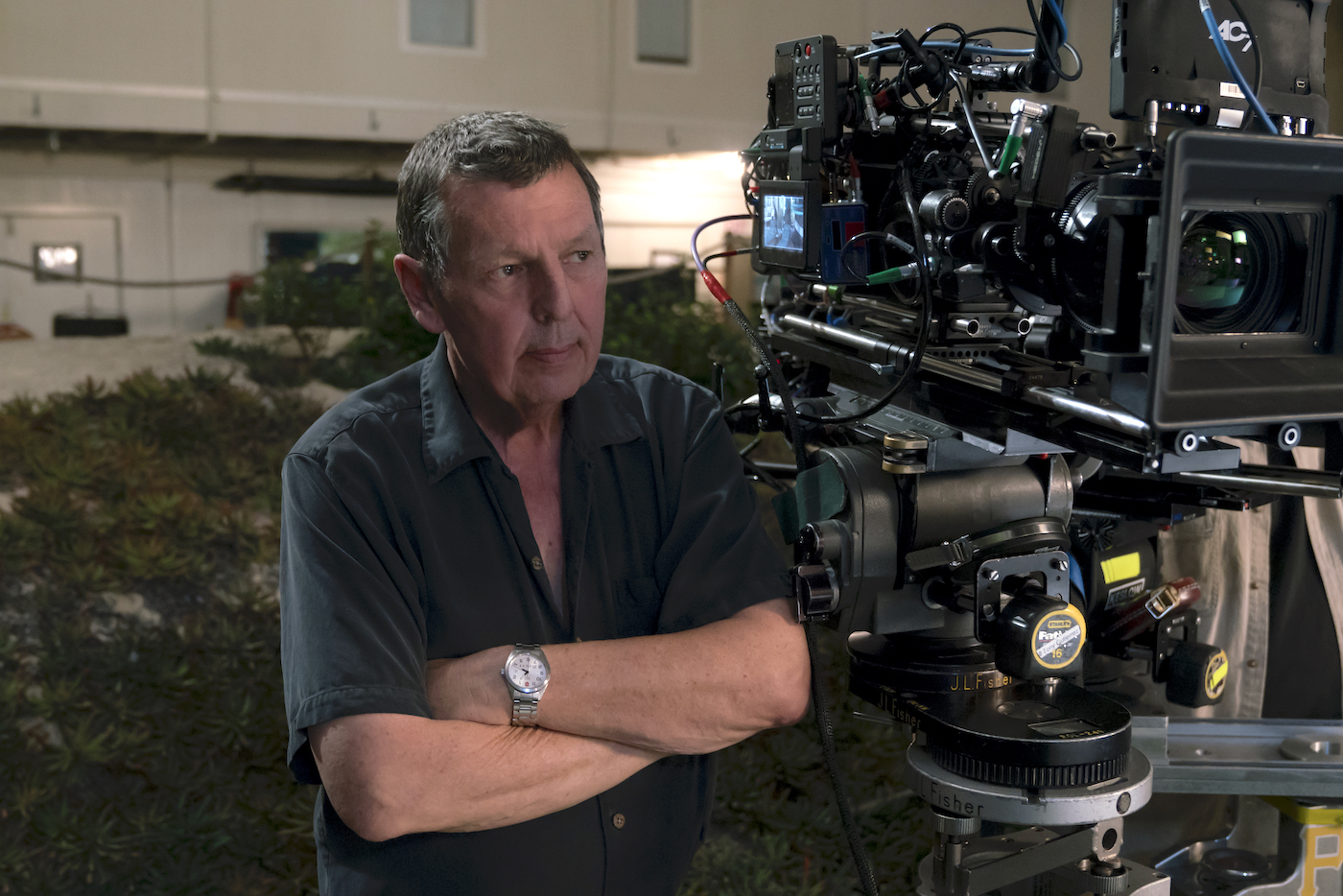
Young Sheldon, shot by Buzz Feitshans IV and set in 1989, pushes the comedy-look envelope. The show emphasizes transitions, act-ins and -outs, and movement on specific dialog cues. “We’ve tried to tailor the movement to places where it doesn’t distract from the words,” Feitshans describes. “This hybrid format requires fast last-minute changes to blocking, camera positioning and lighting, as the writing producers often punch up parts of the script on the spot.”
Most of the show is on stages at Warner Bros., with a little location work at Van Nuys High School, churches, and residential areas. Feitshans shoots with three ARRI Minis (one on a Steadicam). Because the young actors are with the crew for limited hours per day, the schedules are tight. “The new LED technology has helped us a lot with the limited hours,” the cinematographer explains. “Every light is patched into a dimmer board. And we usually light the room in zones rather than on specific marks, which also helps us to move faster.”
What’s really unique about Young Sheldon is the expanded use of VFX. “We have a meeting to discuss layers and provide live-action and background elements that are needed,” Feitshans explains. “Lighting compatibility and lighting effects are blended into what we know will be the final product. Often we will use split-screen technology to take performances from multiple takes and blend them into one shot. And the use of photo doubles helps us to extend our allotted child hours. Often, we will shoot half the scene and then finish the other half later – then it will be blended together by VFX.”
As Feitshans notes about the changes in the genre: “I don’t think the term ‘situation comedy’ applies anymore. Comedy may have been born from those roots, but it’s so much more sophisticated in terms of looks and locations. There are elements drawn from feature films, one-hour drama and traditional sitcoms. It’s a hybrid, almost like a half-hour movie.”
“Change is coming, and it’s impossible to resist,” Tattersall concludes. “A lot of ‘humanism’ has been developed by the video-game industry, and it is crossing over into entertainment. Actors were unhappy on occasion having to perform in the sterile world of blue screen. Now they may well be – sometime in the future – replaced by a thumb drive!”
“We’ve already done several virtual sets,” Feitshans adds. That’s also coming in comedy.”
“Don’t freak out!” they both add. It’s progress – sort of.
